The subject of the Confederate Navy is not covered during history courses in our high schools, middle schools, or even the history curriculum I used to teach fourth and fifth graders a few years ago. The only scant mention involves the match-up between the CSS Virginia (Merrimac) and USS Monitor, but even then, the U.S. and Confederate Navy’s involvement during the Civil War is given drive-by treatment since the topic is not included within the few standardized test questions regarding the war. Due to time constraints, it is exceedingly difficult to include additional content that often times would build interest and round out a complete understanding of the subject matter for students.
I would hope Georgia history teachers at the 8th grade level discuss Georgia’s part in building the Confederate Navy, but then again, I am not sure it is done for many different reasons including but not limited to the standardized test issue I mentioned above and the teacher’s own knowledge level.
Saffold in Early County, Georgia was the site of an important Confederate naval yard. Ken K. Krakow’s Place Names of Georgia mentions Saffold…is a “rural community in Early County, nineteen miles south of Blakely on the Chattahoochee River, named from a plantation family who lived there.”
The community is about as far south as you can travel in Georgia without being in Florida. It is as remote today as it was back in 1862 when a naval yard existed there even though there are some houses on the property today. Saffold is 175 miles south of Columbus and 140 miles upriver from Apalachicola.
Historians have long noted the area along the Chattahoochee River through Early County was used for large plantations where most of the owners lived elsewhere including the Saffold family headed by Adam Goudelock Saffold (1784-1850) described as a wealthy land speculator. He was born in Georgia in Wilkes County to William Safford, Jr. and Ann Goudelock.
Family sources on the web state Saffold once owned over 54,000 acres in several Georgia counties including Early County. His property extended across the Chattahoochee River into Alabama. Saffold also owned land in Morgan County where he resided at Madison, other locations in southwest Georgia, and southeast Alabama, too.
Upon his death in 1850, Adam G. Saffold’s holdings in Early County amounting to 2,700 acres and twenty-three slaves went to his daughter. Three years later Ann would marry David Saunders Donoho Johnston (1827-1889), a lawyer, son of Thomas Donoho Johnston (1800-1883), from Yanceyville, North Carolina.
Both David and Ann Johnston’s families traced back to owners of the Transylvania Company that was speculating in huge land ventures dating back to 1774.
After their marriage, the Johnstons were living at the Saffold property. David Johnston was appointed the postmaster at Saffold in 1850, and the 1860 census confirms Ann and David Johnston were living in Early County with their two children – Sallie and Adam. The value of the Saffold plantation was $50,000 according to property records, and the number of slaves had increased to eighty-six souls of varying ages but were mostly men according to census slave schedules.
The Confederate States of America established their Navy on February 21, 1861. From the outset the goal was not to match the size of the United States Navy. Instead, the Confederates planned on using innovative technological advances to gain tactical superiority utilizing new ideas such as submarines, torpedo boats, mines, and ironclads.
The Confederate goals were simple. They wanted to hinder the Union efforts by attacking U.S. merchant ships world-wide and break the Union blockade along southern coasts that had put a strangle-hold on the southern economy.
Early County’s involvement in the naval goals of the Confederacy is a little-known facet of Civil War history when Confederate Navy officers and John H. Warner for the Columbus Naval Works selected Saffold as the spot to build gunboats. Saffold was chosen because it was so remote, plus the area had an abundance of timber. In fact, several of the sources I have reviewed state as many as five thousand board feet of lumber a day could be had from the local sawmill.
Another reason for choosing the Saffold location had to do with David Johnston. He had a strong desire to help the Confederacy, but other than the location of his plantation, the fact he had access to the lumber, and had a ready-made labor force of slaves, Johnston had absolutely no experience building a boat of any kind. This would prove to be an issue.
Johnston’s contract with the Confederate Navy called for the ship to be delivered in 120 days at a cost of $47,500. The gunboat would be named the CSS Chattahoochee, named for the river along which it would be built.
This website has a few pictures of the Saffold site and describes the CSS Chattahoochee as a three-masted steam vessel armed with four smoothbore 32-pounders in broadside, a 9-inch Dahlgren on a front pivot and a 32-pounder rifle on the rear pivot.
Some sources have described the CSS Chattahoochee as a riverboat and ocean sailing craft all rolled into one equipped with steam engines and sails. The mission plan for the CSS Chattahoochee was simple – steam downriver, break the blockade, and open the port of Apalachicola to return supply ships and trade to the region.
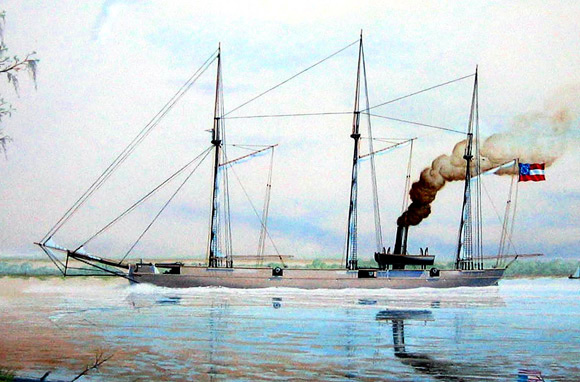
Of course, there were problems.
First, the deadline for Johnston to deliver the ship came and went which is not really a surprising detail since he had no ship building experience. Realizing skilled workers were needed for certain aspects of the ship’s design Johnston placed an ad in various newspapers touting “steady employment and good wages for ship carpenters, joiners, caulkers”, etc. The ad I have shared below appeared in the Southern Confederacy on March 27, 1862.
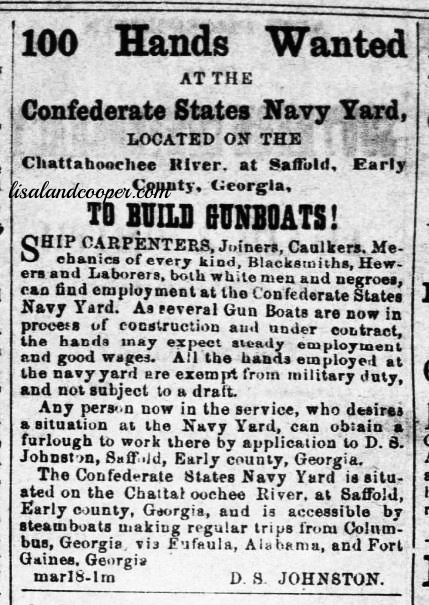
To further entice folks a line at the bottom of the ad said, “All hands employed at the Confederate States Naval Yard are exempt from military duty and anyone in the army can be furloughed to work there.”
Another reason for the delay in delivering the CSS Chattahoochee was Navy officers began suspecting Johnston was using the yard at Saffold for personal business rather than completing the contract, so a strict timetable was put into place, and finally, ten months past the original deadline the CSS Chattahoochee was delivered on December 8, 1862.
The Confederate Navy had great plans for the gunboat since Lt. Catesby ap Roger Jones (1821-1877) was chosen as its commander. Lt. Jones had become a famous southern hero when he commanded the CSS Virginia (Merrimac) against the USS Monitor during the Battle of Hampton Roads on March 8-9, 1862.
After his arrival at Saffold, Jones was involved in getting construction of the CSS Chattahoochee completed. He complained about the difficulty of finding supplies for the ship. By September, he had his officers assembled, but had no crew.
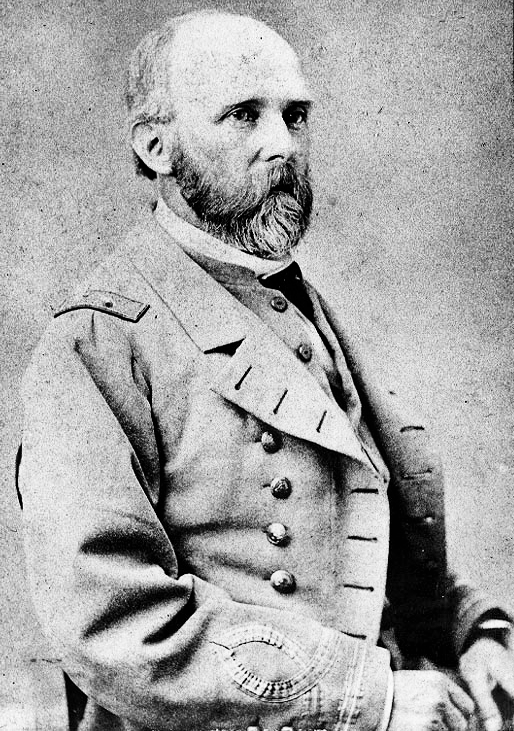
The Chattahoochee was finally launched in February 1863. Unfortunately, it ran aground and seriously damaged its hull its first day out. By the time it was ready to go again the Confederates had sunk obstructions in the Apalachicola River to keep Union ships from venturing up the river. Those same obstructions dashed the hopes of the CSS Chattahoochee’s crew from engaging the enemy. During most of 1863, the ship remained above the obstructions basically serving as a glorified gun battery occasionally holding drills, but that is about it. For the crew it was safe duty, but it was also boring duty.
Lt. Jones moved on to another post and Lt. John Julius Guthrie took command. In late May 1863, the CSS Chattahoochee steamed down the Apalachicola to aid the schooner Fashion that had taken on cotton and was planning to run the blockade. It had been captured by the Union below the obstructions, but many historians believe Lt. Guthrie intended on ramming the obstructions to give the Fashion assistance.
You can read about Lt. Guthrie and the crew of the CSS Chattahoochee’s failed efforts and the resulting explosion aboard the gunboat which killed sixteen men here.
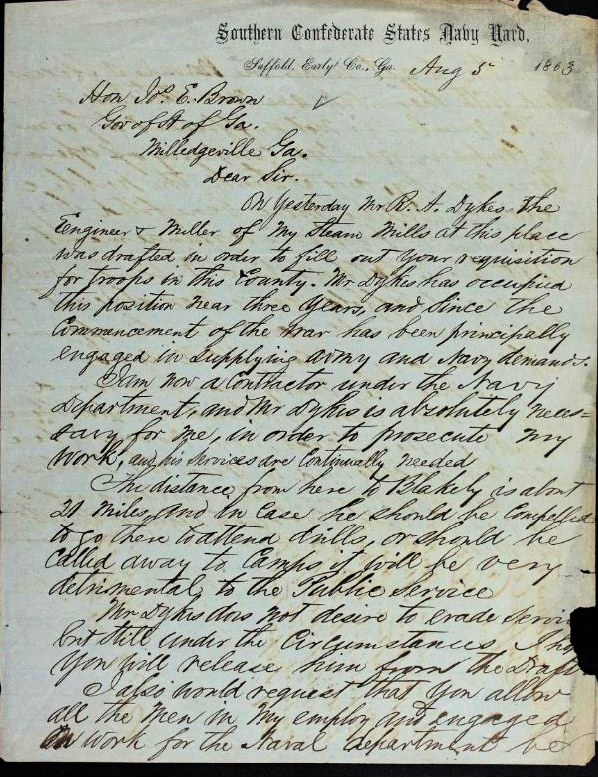
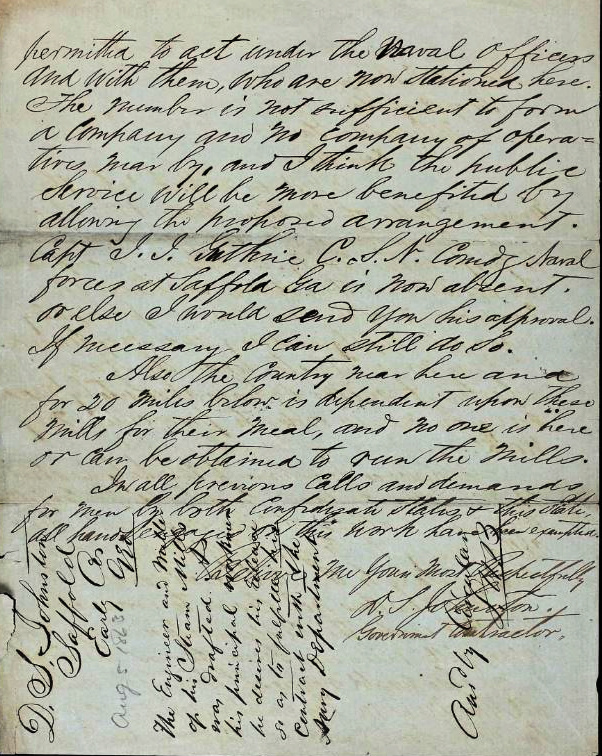
The Explore Southern History website states, “The ship was soon raised by the Confederates and towed upriver to Columbus, Georgia, where she was refitted. In 1865, she was scuttled by her own crew to prevent her capture during the Battle of Columbus. Because she was scuttled and lay submerged for a century, CSS Chattahoochee is the only Confederate Navy gunboat that survived and can be viewed today.
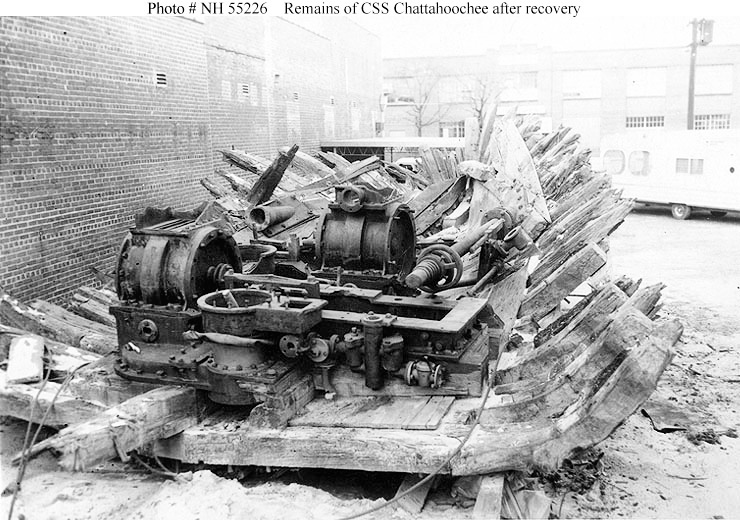
The gunboat was located and raised in 1963. Part of the hull and the original steam engines are on display at the National Civil War Naval Museum in Columbus, Georgia. Instead of blowing through the town on my way to Florida next time, I think the Mister and I need to spend the night and investigate Columbus a little.
By 1870, David Johnston and his wife were living in Madison, Georgia where he was involved in politics and building up the town, and he was appointed postmaster at Madison in 1884.
David Johnston died in June 1890 per a short death notice that I found on the first page of The Atlanta Constitution for June 17, 1889. I am assuming he was buried at Madison Historic Cemeteries where his wife and in-laws are buried, but there is no Find-a-Grave entry that would confirm his gravesite.
If you enjoyed this article, you might like my latest book – Georgia on My Mind: True Tales from Around the State – which contains 30 true tales from all around the state including three stories from Atlanta, and yes, there will be volume two out soon! You can purchase the book here…in print and Kindle versions.

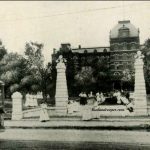
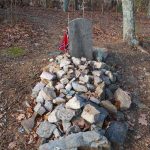
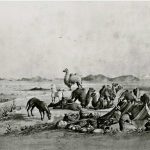
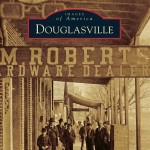
Leave a Reply